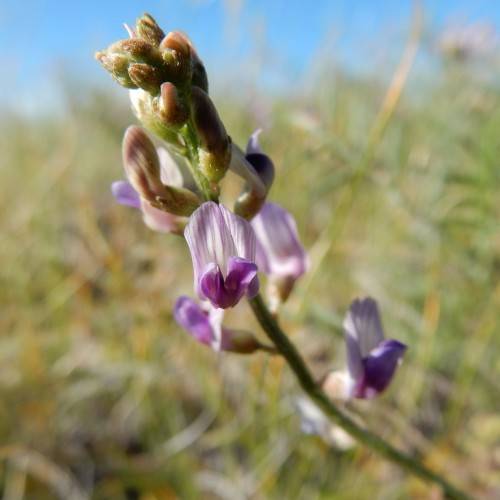
Slender Milk-Vetch
Astragalus gracilis
Watering:
Frequent
Hardiness Zone:
Sun:
full sun,part shade
Fruits:
Fruits Ready In Fall
Leaf:
Yes
Growth Rate:
Low
Drought Tolerant:
Yes
Care Level:
Medium
watering
When it comes to watering Threeleaf Milkvetch (Astragalus gilviflorus var. gilviflorus), it is important to strike a balance between too much and too little. Too much water can saturate the soil, leading to root rot and eventually the death of the plant, while too little water can cause the leaves to droop and wither. The plant should be watered deeply and only when the top inch or 2 of soil feels dry. During active growth, water once a week, allowing the soil to dry between watering cycles to ensure proper drainage and oxygenation of the roots. During the winter, when growth has slowed, water once every 2 weeks. A layer of mulch can help keep the soil moist and slow the evaporation of moisture from the surface of the soil.
sunlight
Threeleaf Milkvetch (Astragalus gilviflorus var. gilviflorus) is a perennial plant that needs plenty of direct sunlight. It should be exposed to at least 6 hours of sunlight per day. To ensure optimal health and growth, it is beneficial to provide as much direct sunlight as possible. As long as the plant receives adequate sunlight, it can withstand hot conditions and some drought without any issues. In any case, the plant should be kept away from direct winds and moderate temperatures to ensure best results.
pruning
Threeleaf Milkvetch should be pruned in early spring, when the weather starts to warm up. Pruning should only be done lightly, removing no more than 1/3 of the plant's overall growth. This species of Milkvetch benefits from removing long, woody stems that lack flowering potential. Pruning should be done carefully and at the correct time to avoid influencing the naturally flowering tendencies of this beautiful native plant.
